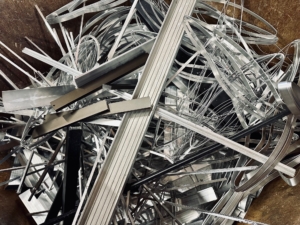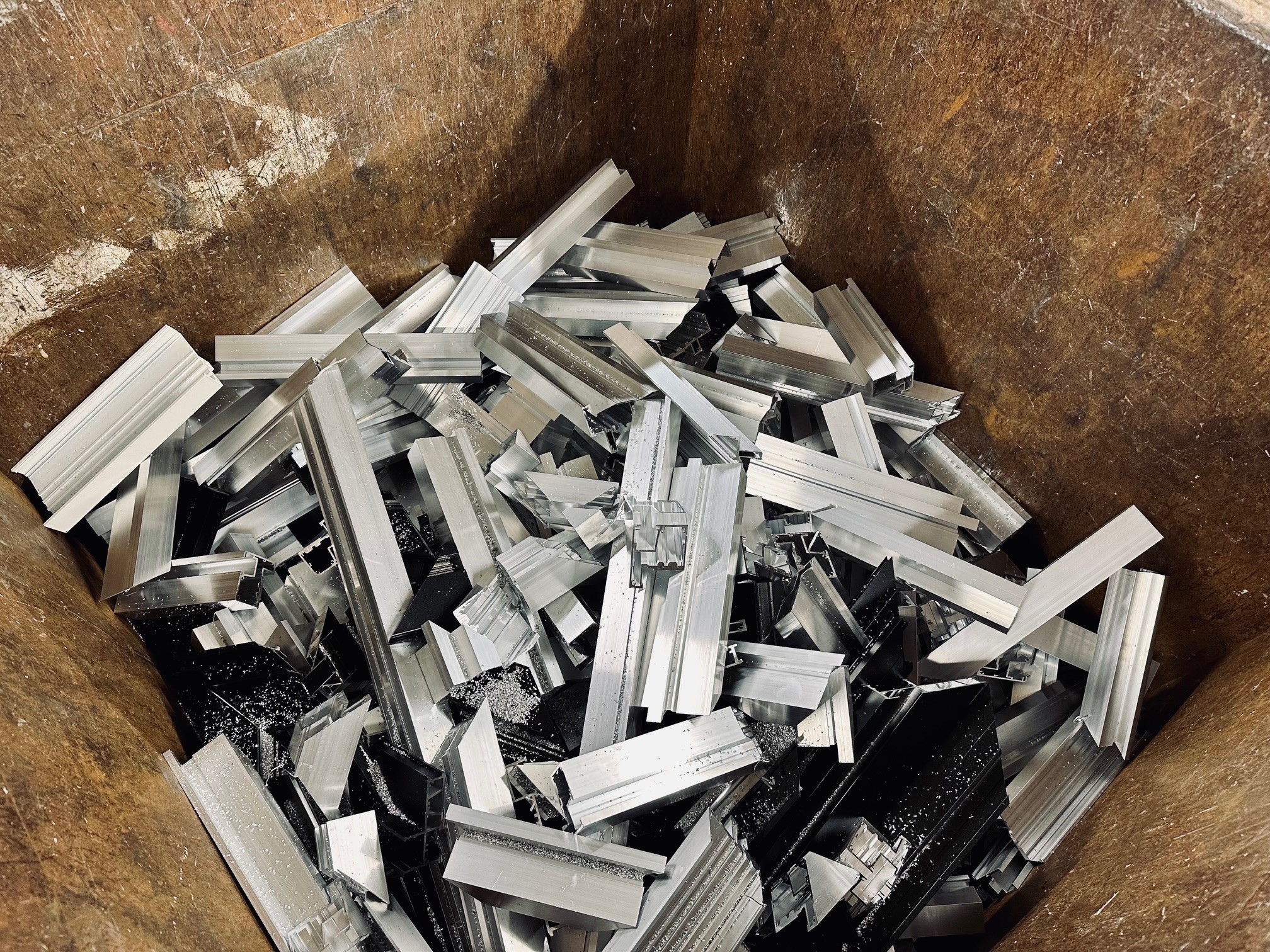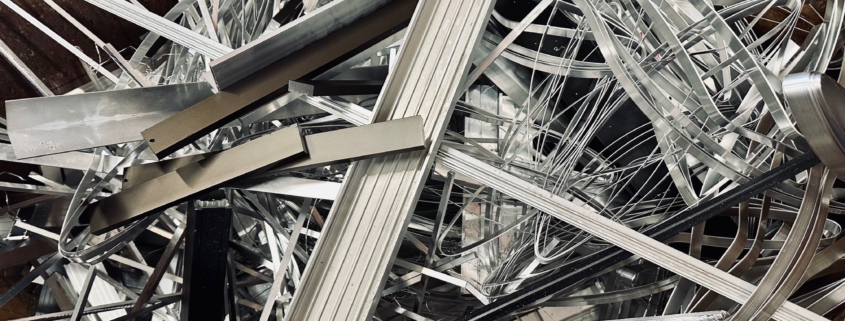Aluminium and Circular Design
“Aluminium production and aluminium goods manufactured in the UK will continue to play a significant role in the transition to a more circular and sustainable economy.”
That is the conclusion drawn in the latest ALFED report* on ‘The Aluminium Industry in the UK’. So, in this article, we explore how aluminium supports circular design. Let’s keep the wheels of sustainability turning!
What is Circular Design?
Circular design is creating products that are straightforward to refill, reuse, repair or recycle. It is distinct from traditional linear processes, where items are made, used and then disposed of.
When circular principles are used, there are multiple benefits to individuals, businesses and the environment.
- For individuals, circular design can extend the lifespan of goods. It opens up the option to save money on replacements and reduces waste generation.
- For businesses, utilising recycled material supports long-term resource management and it can cut production costs.
- For the environment, reuse and recycling lower demand on finite resources, reduce waste and lower carbon output.

Is Aluminium a Sustainable Metal?
Fortunately, aluminium is widely recycled and infinitely recyclable. That’s good news because extracting and processing aluminium from ore emits considerable greenhouse gases. What’s more, only around 5% of the energy needed to convert primary aluminium into products is used when working with recycled aluminium.
Industry insight** also reveals that 75% of all aluminium ever produced is still in use. It may have taken many forms since it was extracted and processed as a primary material. However, it continues to perform as a strong and corrosion-resistant metal.
Whether you are producing packaging, automotive parts, furniture or frames for solar panels, aluminium elements can be recovered and recycled at the end of use. What’s more, melting and reforming aluminium, in processes including extrusion, does not deplete the quality or performance of this metal. This property makes it an ideal material for circular design.
Promoting the Sustainability of Aluminium
The challenge is making everyone aware of the beneficial properties. It is on the agenda for exhibitors, speakers and visitors to Aluminium Dusseldorf 2024. Collectively, they will explore ways to promote the role of aluminium as a viable option in circular design. It’s also one of our priorities, so if you have any questions about the sustainability of your aluminium project, just ask!
In addition, aluminium was a focus of the UK Circular Economy Innovation Network. This organisation was established in 2022 to create and implement an action plan that would accelerate the adoption of circular principles in British industry. At the time, a commitment to sustainability was seen as a means of differentiating UK-manufactured aluminium from global competitors.

Innovative Aluminium Design
In our role, we often help develop products aimed at improving sustainability. We are also curious to learn about other innovations in aluminium.
For this reason, we were delighted to see aluminium cans hitting the headlines. That is due to the success of Swedish design company, Meadow. It has created an aluminium can with a removable lid that provides a viable and recyclable refill option.
The liquid refill cans provide a more sustainable option than plastic pouches that are widely used for body care or cleaning refills. Named Daisy Top, Meadow’s design won this year’s Innovation Award at London Packaging Week. We look forward to seeing how this is rolled out for commercial use.
Can We Improve the Sustainability of Aluminium Production?
While it is great to be working with an infinitely recyclable product, that is not enough. We regularly review our aluminium extrusion process to see where improvements can be made.
In the past year, we have installed a heat recovery system. This captures heat generated by machines in our factory, which is then used to heat our premises. In addition, we’ve installed a full LED lighting system. Both of these steps help to reduce energy use, costs and our carbon footprint. They build on other investments to minimise water use in powder coating and sort offcuts for reuse to minimise waste.
In addition, we are proactive in recommending aluminium extrusion and fabrication solutions that achieve specifications in the most resource and cost-efficient way. By removing unnecessary processes, we lower energy use.
What’s more, we’ve just gathered our waste management data for the year to date. With a conscious effort to minimise and sort waste, we’ve ensured that:
- 100% of aluminium waste is recycled
- 64% of other materials (including timber, cardboard and plastic) have been recycled
- 36% is non-recyclable and has been burned in an Energy from Waste (EfW) system that powers an electricity generator.
We believe these measures help to future-proof our operations, while also helping our customers achieve a sustainable supply chain.
Please call 01296 431292 or complete our enquiry form if you have questions about sustainable extrusion design, manufacture and finishes.

